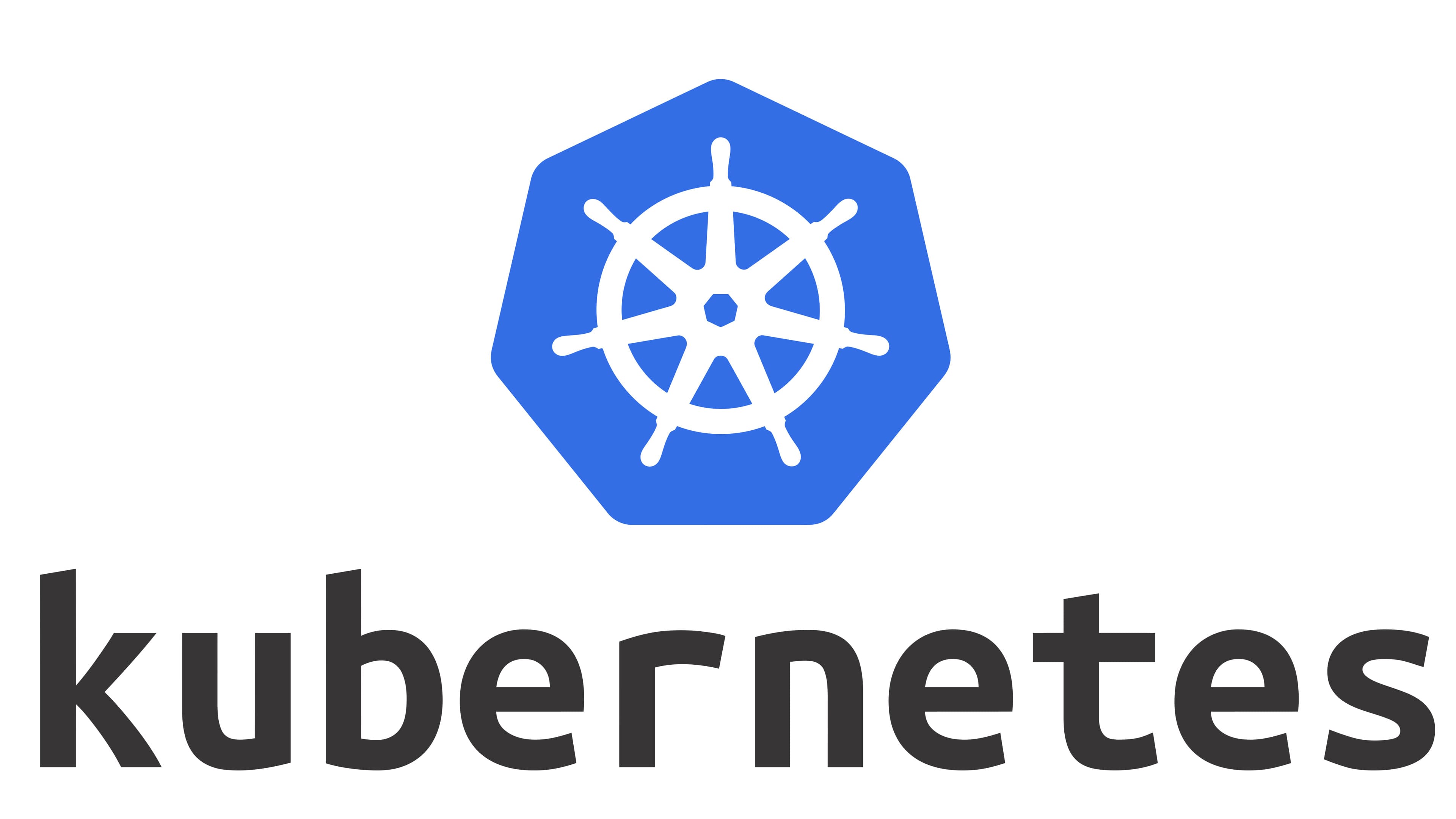Service Discovery in Kubernetes: How Does it Work and What is the Benefit?
Service discovery in Kubernetes is a critical aspect of managing distributed applications by enabling components to locate and communicate with each other dynamically. Kubernetes offers several mechanisms for service discovery, including Kubernetes Services, DNS-based service discovery, and load balancing using Ingress controllers.
1. Kubernetes Services:
Description: Kubernetes Services are an abstraction layer that defines a logical set of pods and a policy by which to access them. Services enable communication between various microservices or applications running in Kubernetes clusters.
How it works:
- When a service is created in Kubernetes, it is assigned a unique IP address and port that remains stable even as pods are added or removed.
- Kubernetes Services use selectors to dynamically group pods based on labels. When a service is accessed, Kubernetes forwards traffic to one of the pods matching the selector.
- Services support different types of load balancing strategies, including round-robin, session affinity, and client IP-based session affinity.
Benefits:
- Services provide a stable endpoint for accessing applications, regardless of pod lifecycle changes.
- They abstract away the underlying pod infrastructure, allowing pods to be added or removed dynamically without affecting service availability.
- Services facilitate decoupling between microservices, enabling developers to scale and update components independently.
2. DNS-based Service Discovery:
Description: DNS-based service discovery in Kubernetes allows applications to discover and connect to services using DNS names instead of hardcoded IP addresses.
How it works:
- Kubernetes automatically assigns DNS names to services based on their names and namespaces. The DNS name format is
<service-name>.<namespace>.svc.cluster.local. - Applications running in the Kubernetes cluster can use DNS queries to resolve service names to IP addresses dynamically.
- DNS-based service discovery allows applications to communicate with services using human-readable names, making it easier to manage and scale applications.
Benefits:
- DNS-based service discovery simplifies application configuration by eliminating the need to hardcode IP addresses.
- It provides a flexible and scalable mechanism for resolving service names to IP addresses dynamically.
- DNS-based service discovery facilitates service communication in multi-cloud or hybrid cloud environments by abstracting away underlying infrastructure details.
3. Load Balancing using Ingress Controllers:
Description: Ingress is a Kubernetes resource that manages external access to services in a cluster, typically HTTP and HTTPS traffic. Ingress controllers are responsible for implementing the Ingress resource specifications and routing traffic to the appropriate services.
How it works:
- Ingress controllers are deployed as pods in the Kubernetes cluster and are responsible for monitoring Ingress resources.
- Ingress resources define rules for routing incoming requests based on hostnames, paths, or other criteria to specific services.
- Ingress controllers implement these rules by configuring external load balancers, reverse proxies, or other networking components to route traffic to the appropriate services.
Benefits:
- Ingress controllers provide a centralized and flexible mechanism for managing external access to services in Kubernetes clusters.
- They support advanced traffic routing features such as path-based routing, SSL termination, and virtual hosting.
- Ingress controllers integrate with external load balancers or reverse proxies, enabling efficient and scalable traffic routing for applications.
Conclusion
In summary, Kubernetes offers multiple service discovery mechanisms, including Kubernetes Services, DNS-based service discovery, and load balancing using Ingress controllers. These mechanisms provide flexible and scalable solutions for managing service communication and external access in Kubernetes clusters, enabling developers to build robust and scalable microservices architectures.
Read Also: THE ADVANTAGES OF DEVOPS AS A SERVICE
Read Also: PIPELINE CONFIGURATION CONCEPTS IN GITLAB CI/CD

